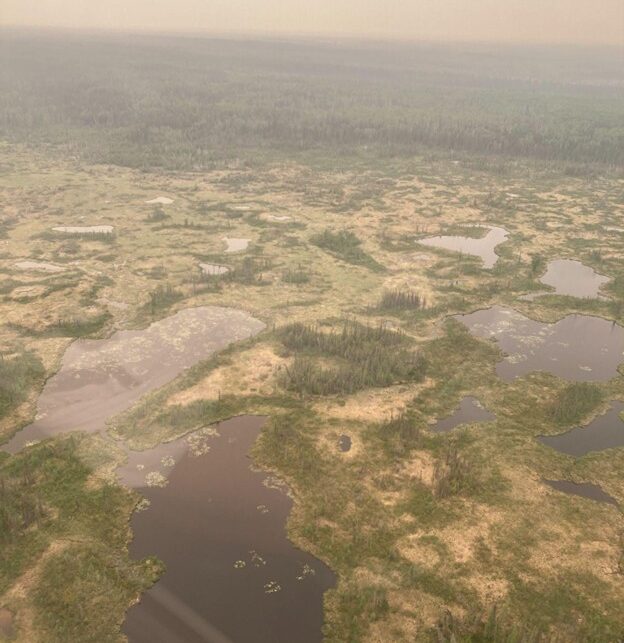
What Can Wetlands Tell Us About Methane Emissions?
Permafrost thaw bogs in the Northwest Territories, Canada. A nearby fire caused haze in the scene. Photos were taken from a helicopter. Photos by Kyle

Permafrost thaw bogs in the Northwest Territories, Canada. A nearby fire caused haze in the scene. Photos were taken from a helicopter. Photos by Kyle

This article was written by Justine Bowe from The Earth Commons Institute at Georgetown University and modified with permission. New study investigates the 17-year discrepancy
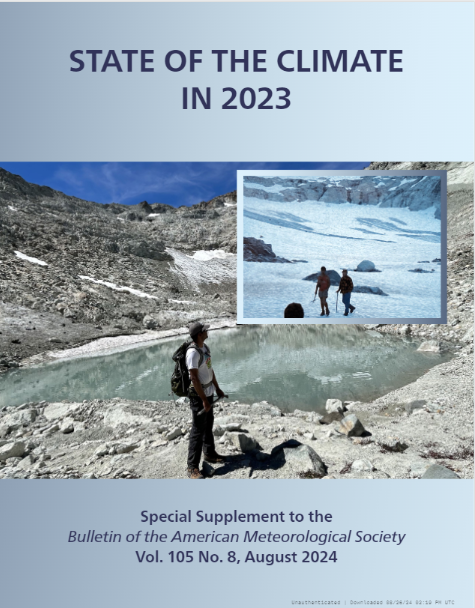
This week, the American Meteorological Society (AMS) released its annual State of the Climate report in 2023. Compiled by NOAA’s National Centers for Environmental Information,

Caption: Scientific crew on board of the Research Vessel (R/V) Point Sur. From left to right: Jonathan Gallegos (SciGlob), Ryan Stauffer (NASA Goddard), Anne Thompson
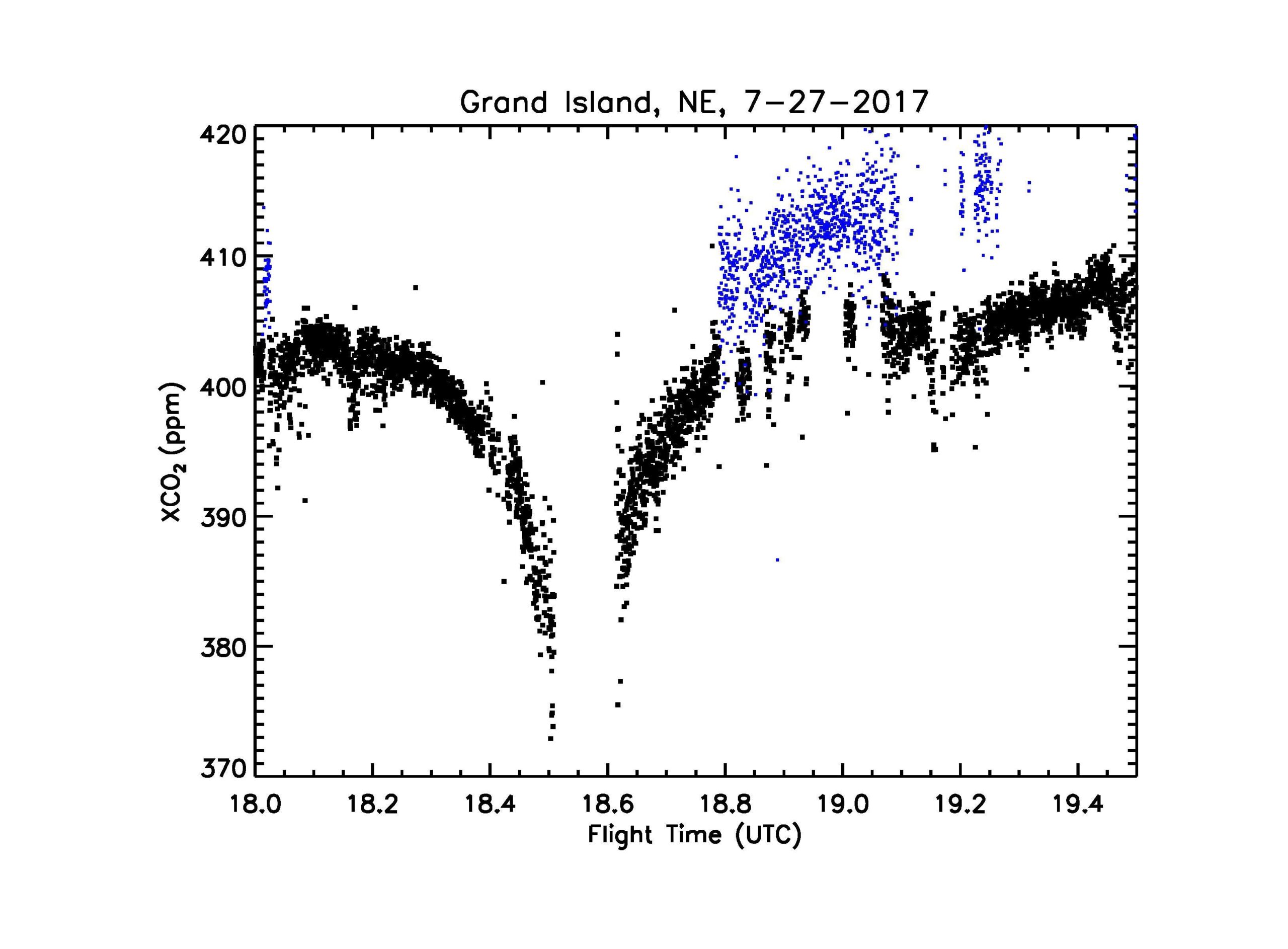
Jianping Mao is first author on a new paper in Atmospheric Measurement Techniques titled, “Airborne lidar measurements of atmospheric CO2 column concentrations to cloud tops made during the 2017 ASCENDS/ABoVE campaign”.

One of the most critical questions in climate research today is how global clouds will change in a warmer environment. Physical mechanisms in the atmosphere have the potential to moderate or accelerate the warming from greenhouse gases. These mechanisms are called feedbacks. Even with today’s improved forecasts, feedback from clouds is uncertain – meaning scientists don’t know how much Earth’s average temperature will warm as the CO2 atmospheric concentrations continue to increase. A new University of Maryland and NASA study attempts to reduce this uncertainty by constructing a long-term trend in cloudiness using NASA and NOAA satellite observations going back to 1980.
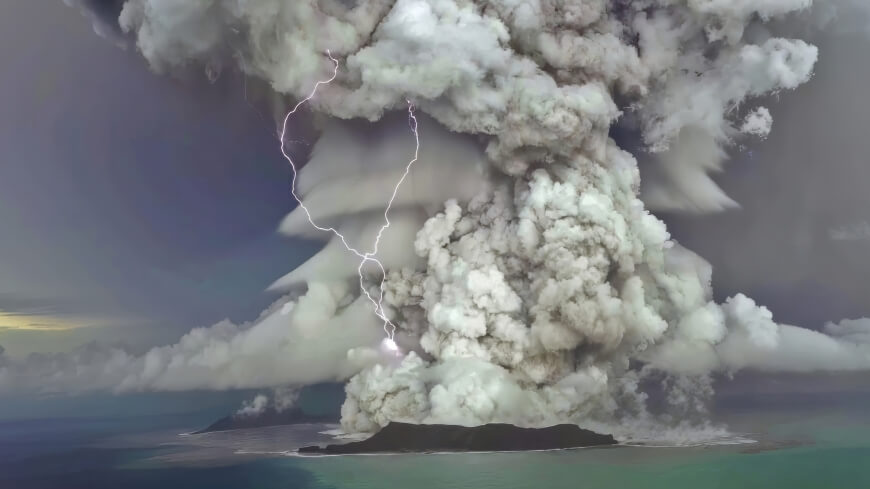
The Hunga Tonga-Hunga Ha’apai volcano changed the chemistry, dynamics of Earth’s stratosphere
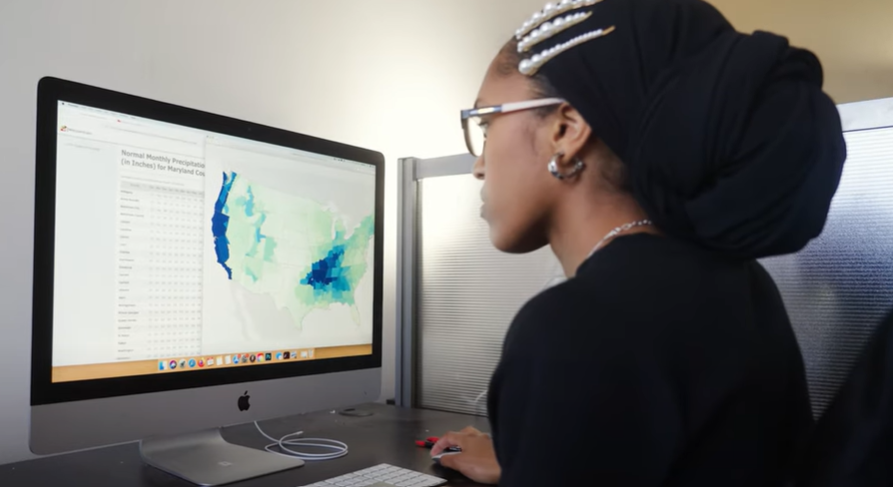
A multidisciplinary group of researchers focused on Earth system science and global change is preparing to leverage the latest scientific tools and discoveries in their fields to meet the existential threats of climate change in Maryland head-on.
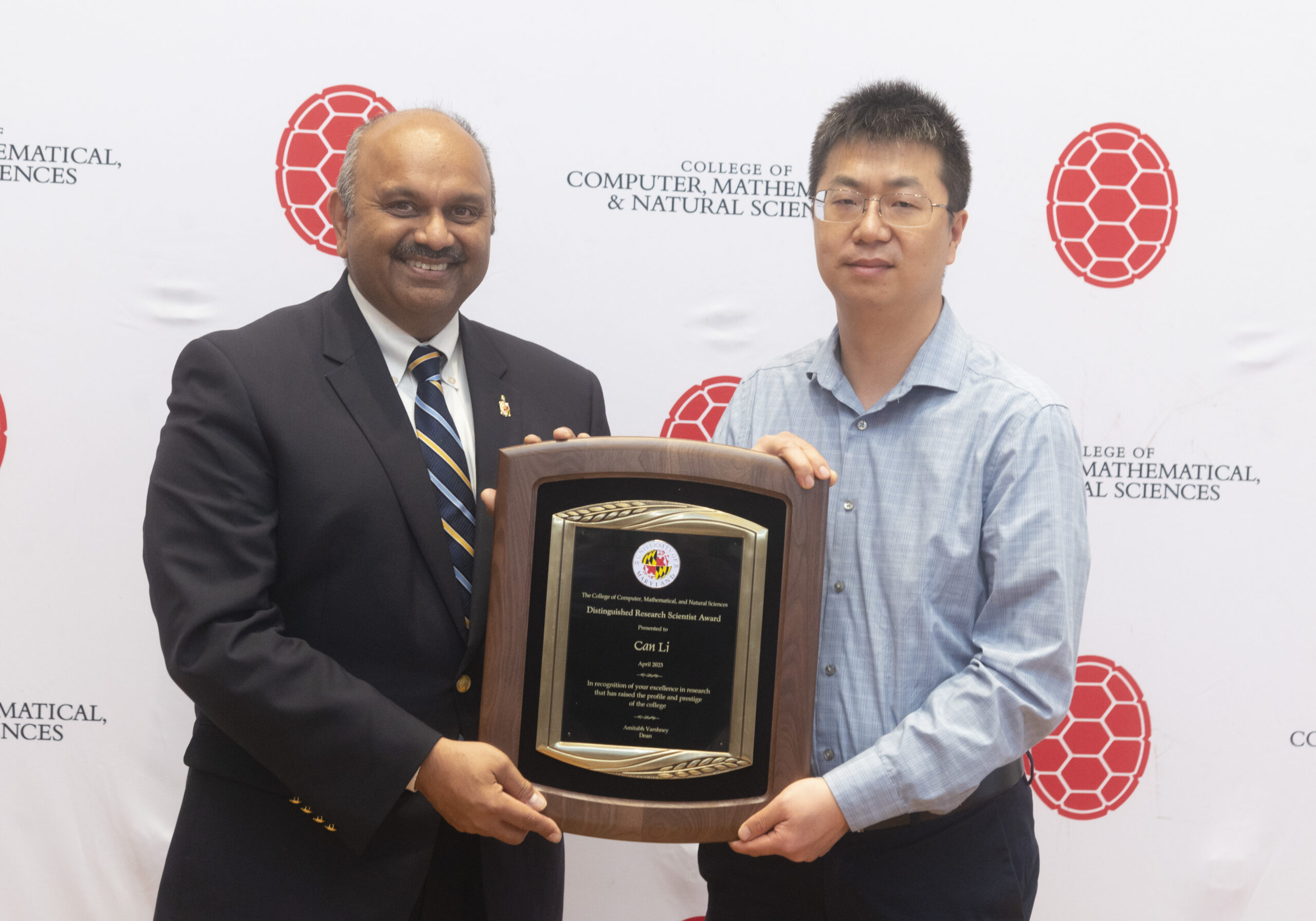
Congratulations to ESSIC Scientist Can Li, the newest recipient of CMNS’ Distinguished Research Scientist Prize.
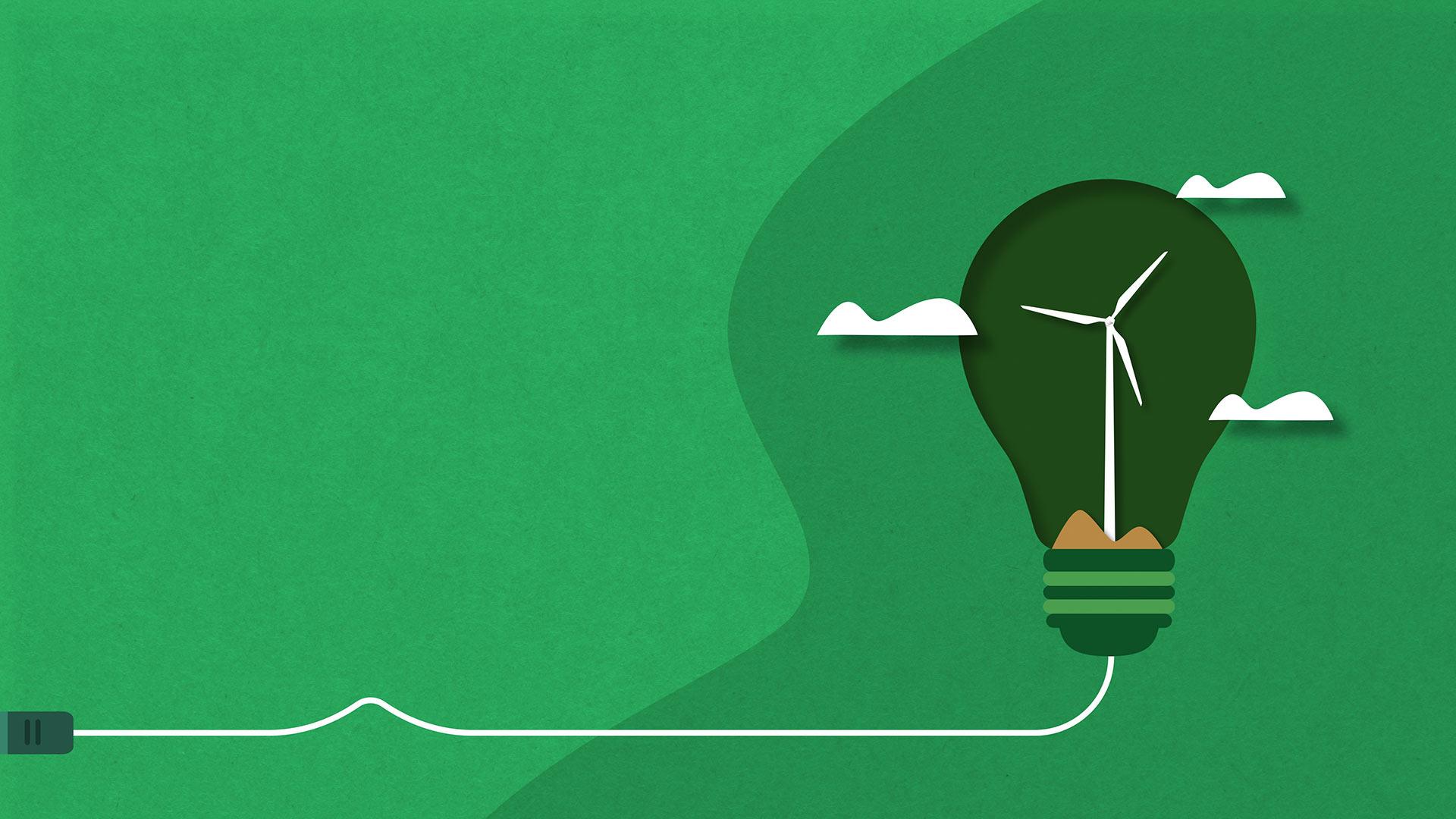
Corporate investments in climate-tech startups are a growing but overlooked aspect of energy innovation, according to a new report co-led by a University of Maryland researcher.